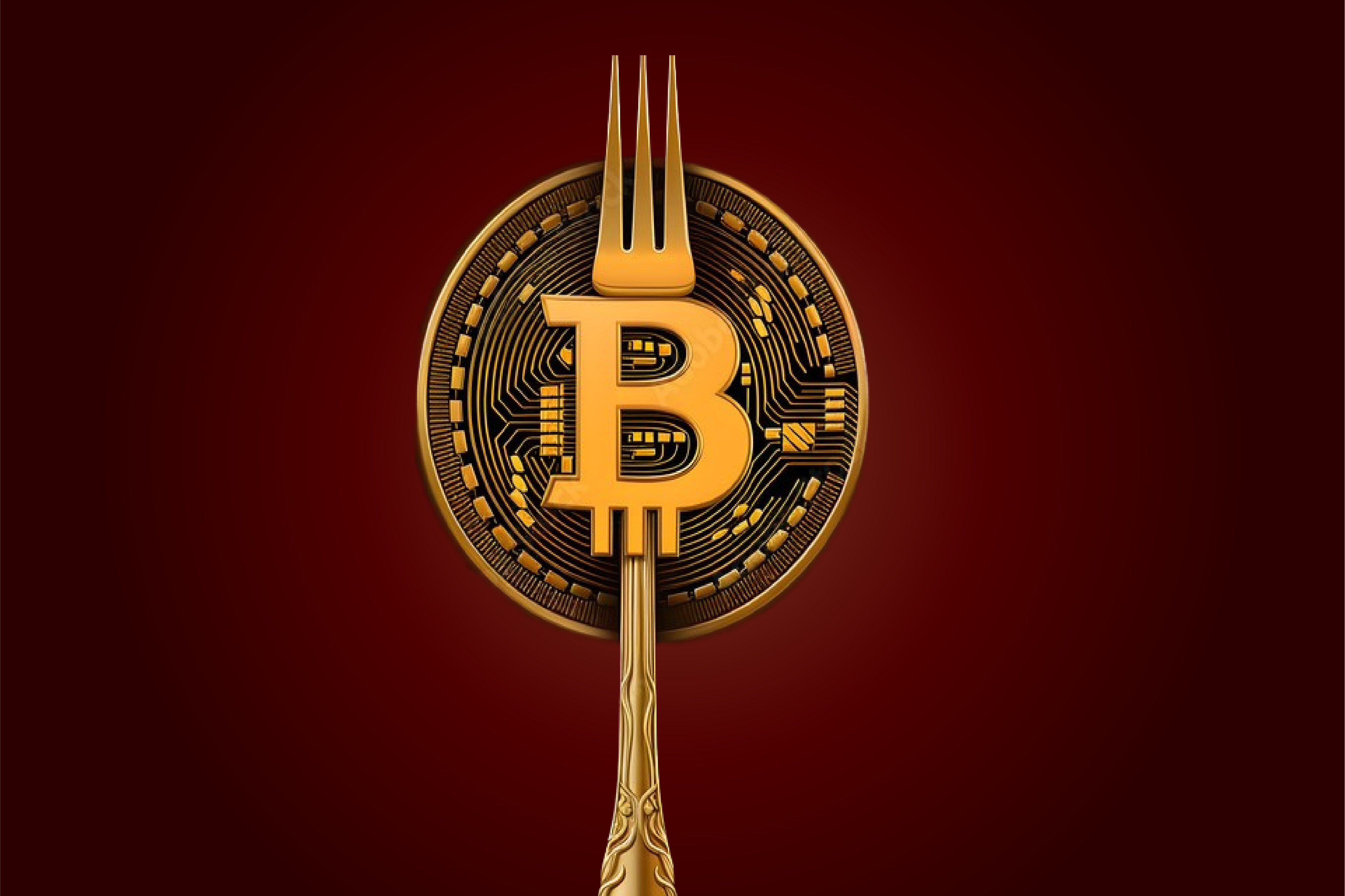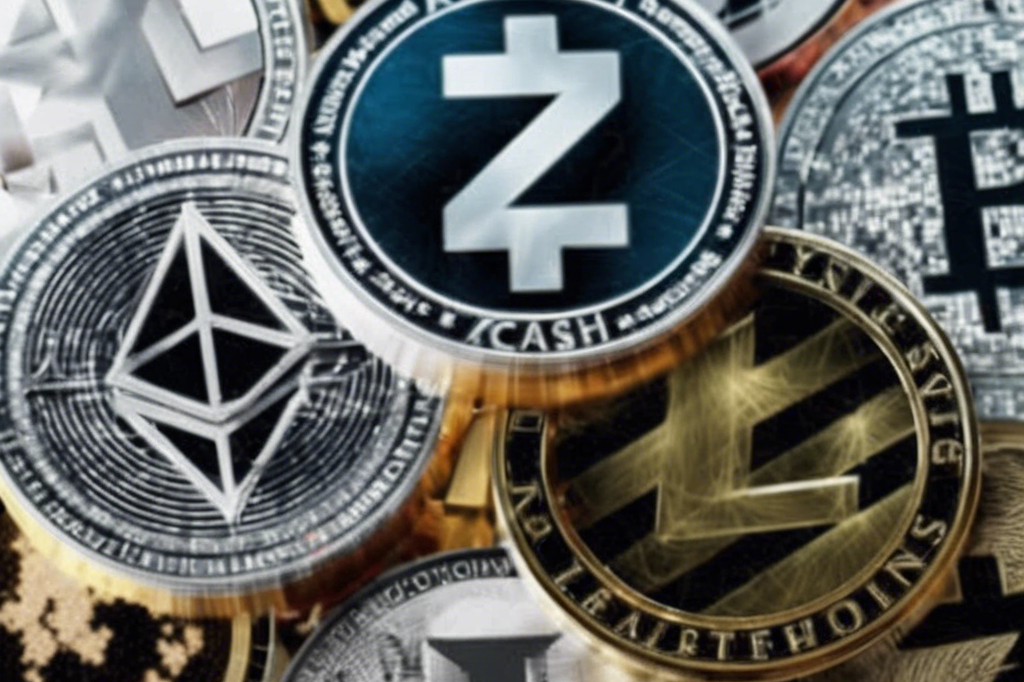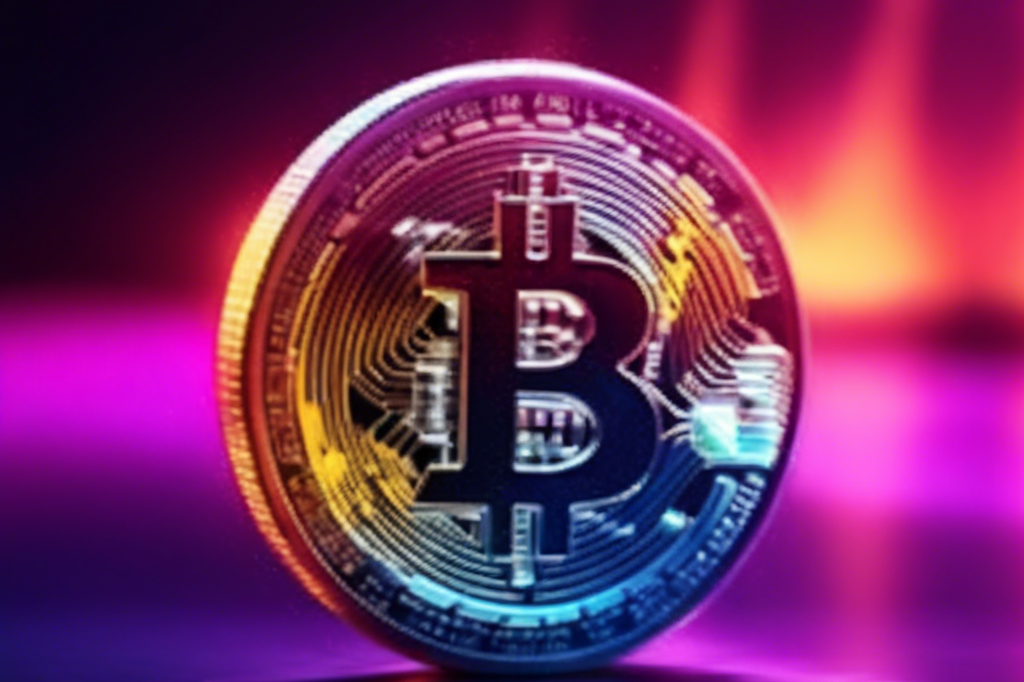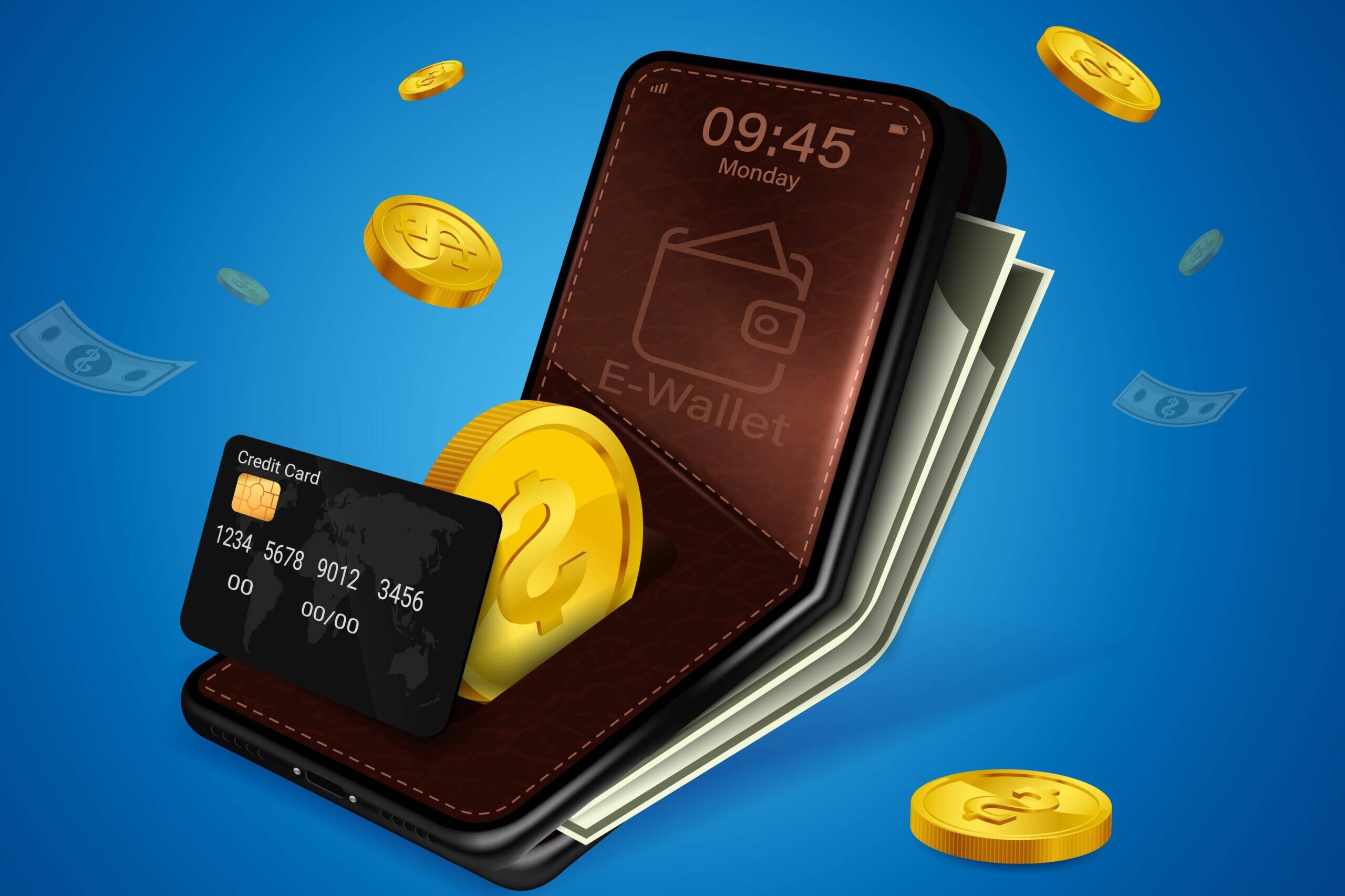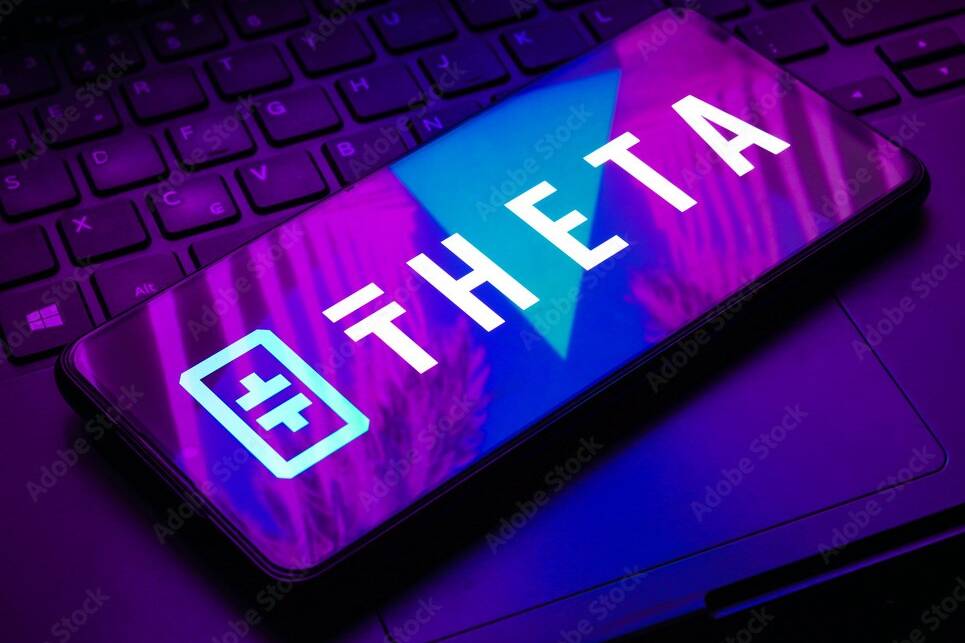March 30, 2024
Introduction to DeFi
Decentralized Finance, commonly known as DeFi, is a revolutionary financial ecosystem built on blockchain technology. It aims to recreate traditional financial systems using decentralized networks, eliminating the need for intermediaries like banks.
How DeFi Works
DeFi leverages smart contracts on blockchain platforms, primarily Ethereum, to offer financial services such as lending, borrowing, trading, and earning interest. These services are accessible to anyone with an internet connection, promoting financial inclusion.
Key Features of DeFi
- Transparency: All transactions are recorded on a public ledger, ensuring transparency.
- Accessibility: No need for a bank account; users only need a digital wallet.
- Interoperability: DeFi applications can interact with each other, creating a flexible ecosystem.
Popular DeFi Applications
- Decentralized Exchanges (DEXs): Platforms like Uniswap allow users to trade cryptocurrencies directly without an intermediary.
- Lending Platforms: Services like Aave and Compound enable users to lend their crypto and earn interest or borrow against their assets.
- Stablecoins: Cryptocurrencies like DAI are pegged to stable assets, reducing volatility.
Risks and Challenges
While DeFi offers numerous advantages, it also comes with risks such as smart contract vulnerabilities, regulatory uncertainties, and market volatility. Users must conduct thorough research and exercise caution.

Conclusion
DeFi represents a significant shift in the financial landscape, offering innovative solutions and greater control over financial assets. As the ecosystem grows, it holds the potential to transform how we interact with financial services.






